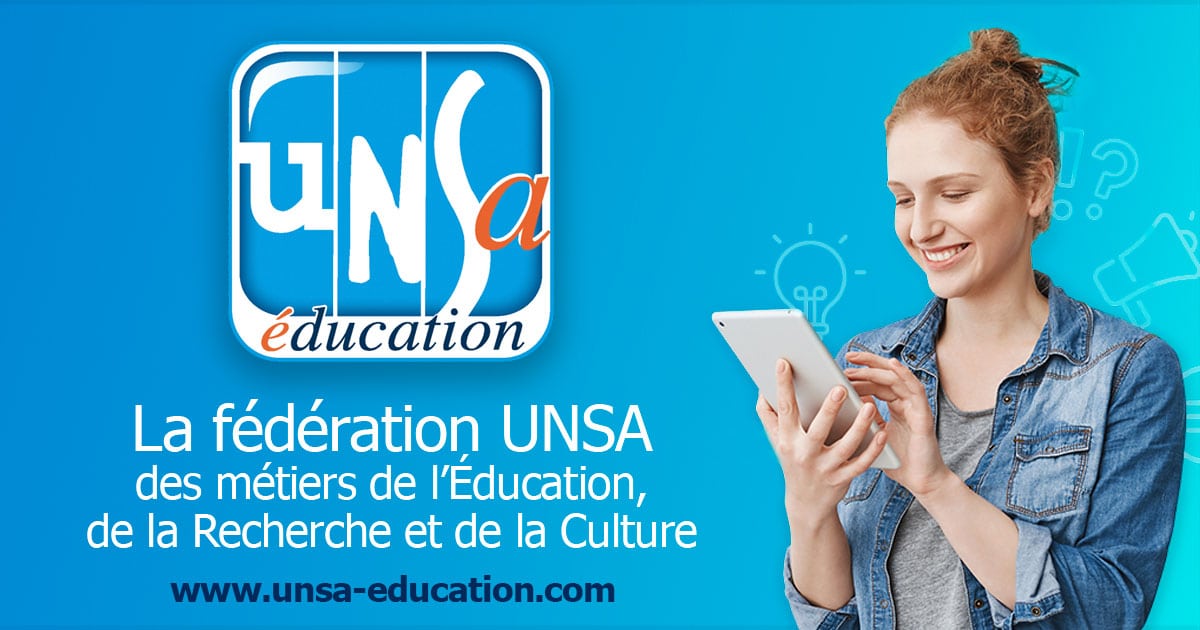The historic drought of summer 2022 is driving elected local officials to strengthen collective water management. “We are almost against the wall, the water folder is an important folder”presented Christophe Guilloteau, President of the Rhone Department, during the public session on 20 September 2022.
A slow awakening to finally put the conservation of this resource on the agenda, through the development of the plan “Water and Rhone, today and tomorrow”.
A roadmap to ensure equal access to water
Actions are already in place to manage water resources, including funding and support for farmers. But the challenge today is to make the conservation of this resource a problem commonly managed by the actors of the Rhone.
“In a context of quantitative scarcity of water resources, it is urgent to take action to conserve water in order to avoid conflicts and increase inequalities. Water must remain a united resource “, indicated Colette Darphin, 1st vice-president of the Rhone responsible for territorial strategy, agriculture, rurality and sustainable development, during the presentation of the report in public session.
The Department plans to carry out in 2023 a study and a diagnosis shared between the local authorities (community of municipalities, Region, Chamber of Agriculture, etc.). The goal is that everyone can refer to a common inventory and identify the same lines of work. It is also about sharing land use planning decisions.
“Water and the Rhone, today and tomorrow”, but above all with yesterday’s solutions
Several areas of water use have already been identified: agricultural, domestic or industrial. For example, € 600,000 is foreseen to promote access to water in the agricultural sector and € 1.2 million to support irrigation projects.
To manage the quantities of water used, elected officials propose updating ancestral techniques. “Why not draw water from the sky”, proposes Catherine Lotte, president of the Union of Brévenne-Turdine rivers and departmental councilor of the canton of L’Arbresle.
Among the ideas proposed, it is a question of mobilizing already existing bodies of water, such as the Coise River. Other proposals consist in resorting to so-called “alternative” resources, such as the reuse of waste water, the increase and recharge of underground water volumes, or even the increase of water infiltration into the soil by providing them with more permeable surfaces.
At the foot of the wall, it is with the old that we make new, the Rhone department has understood this well.
–


